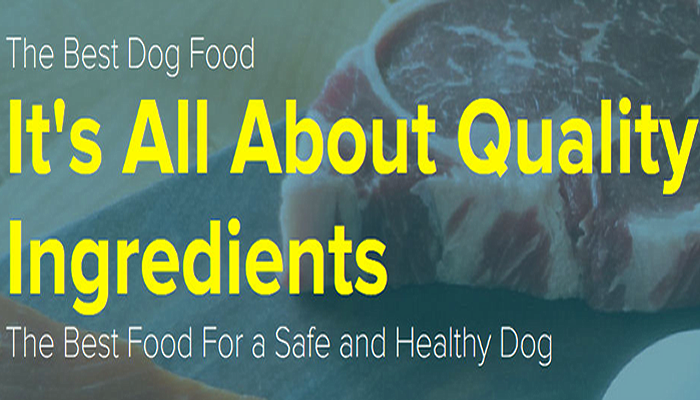How many times have you been told “my dog is a (fill in the blank), that’s why he sheds all year long?” Regardless of whether your dog is a Labrador, a Husky, or a Terrier, shedding is only supposed to occur twice a year when they change coats. This occurs when the seasons change. The rest of the year, there should not be an extra dog on the floor after you are done petting your dog.
When dogs shed it means they have inflammation. Inflammation basically means everything is not perfect on the inside. Other signs of inflammation, in humans, include things like headaches, bloat, aches and pains, the sort of thing that says things are not right on the inside.
If your dog sheds all year long, she is giving you early signs that something is just a little off on the inside. And if you can dramatically decrease her shedding, she’s going to feel much better and hopefully have less health issues later on in life. The biggest thing to do is upgrade her food. Eighty percent of what we do with our dogs is feed them. So the easiest change is to what we feed them.
A very interesting report was just published by reviews.com (http://www.reviews.com/dog-food/). They reviewed over 2200 foods and found less than 150 to be high quality. Why not check out the review article, see if your food is on the high-end of the list? If not, consider changing your food one that is in the select group (or, better yet, make your own or feed a raw diet), and in a month see if your dog is shedding less. You should have a lot less shedding. If a little bit of shedding remains, you might consult with your holistic vet for treatments for leaky gut (discussed in previous posts). And if your dog is shedding a lot less, congratulations for both you and your dog!
(Of course, if you have a dog with a continuously growing coat, your dog won’t shed but may give you other signs of inflammation like dandruff.)

